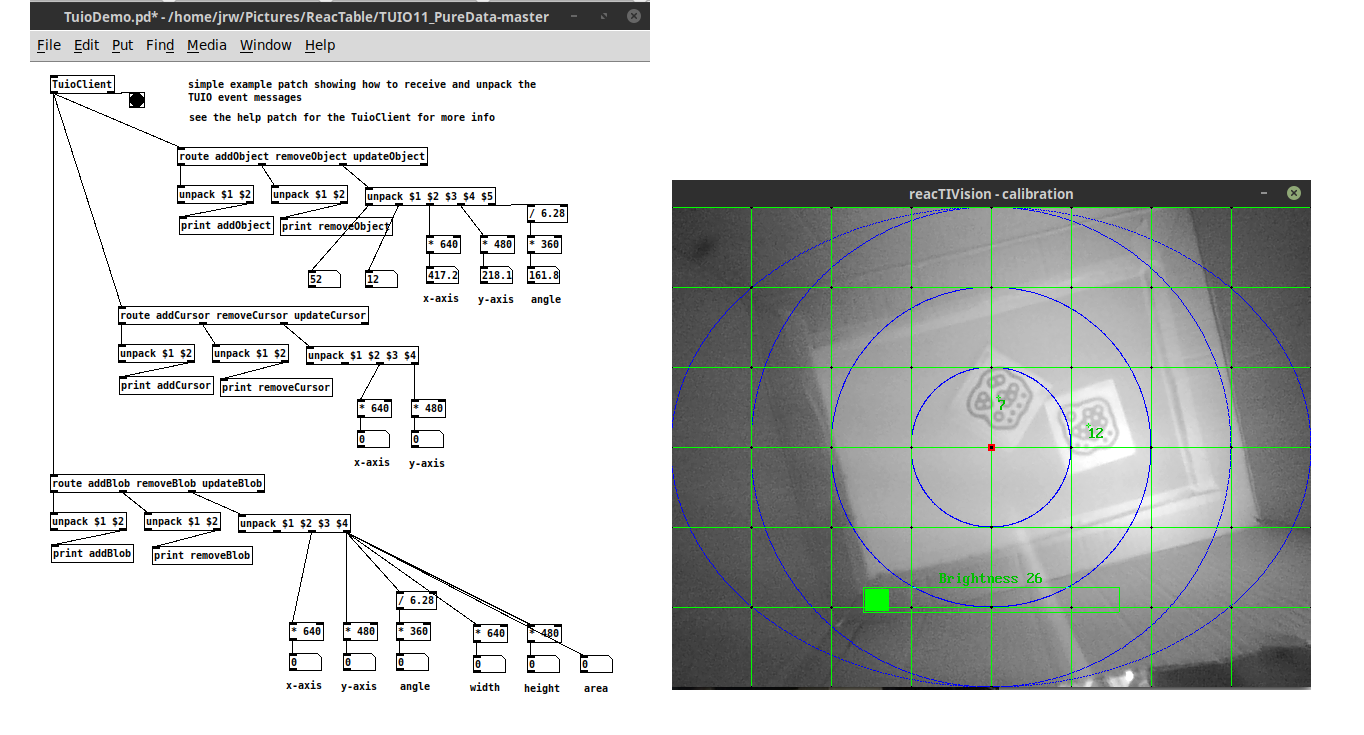My main goals in teaching are to involve fresh and topical themes in secondary education, to prepare students for responsible and resolute adult life through the process of creation. During my teaching practice, I intended to make my students familiar with the practical basics of 20th-century experimental picture-making techniques. The planning, experiences, and conclusions of this process formed the spine of my second thesis. The program took place within the framework of the drawing lessons of class 10b of the Mihály Fazekas Secondary Grammar School, in the semester when my thesis was handed in.
The pedagogical program consisted of experiments with the application of mediums with a past related to both fine and applied arts, dating from the 20th century, pushed to the periphery in the current teaching practices of drawing, visual culture, motion picture, and media education. This means that however well established it may be in theory, the actualization of the syllabi and aims of the subjects of drawing and visual culture in secondary education is usually forgotten to be put into practice, being unimaginable without its inclusion in the curricula. Besides the cognition and technical experimenting of the basics of avant-garde, postmodern, and contemporary art, the series of exercises also aimed at helping students develop an adaptable, up-to-date, and problem-centered creative approach.
As both a teacher and a designer, I find the radical improvement of students’ visual skills, understanding, and resourcefulness extremely important. With its sound theoretical foundations and practical exercises, the program surveyed art history in chronological order, from freehand drawing to intermedial methods.
Key concepts: apocryphal genres in public education; the art, history, and literature of the 20th century;
art in public education;
adult and adolescent (impertinent) art, – on the adolescence of 20th-century avant-garde trends;
the 3.1 image-picture paradigm shift;
media literacy and audiovisual skills of youngsters;
the banality of technical pictures in the age of technical omnipotence;
media Literacy: what is visual language? what grammatical features does it have?;
the development and innovation of the visual language of electronic picture-making: the manifesto of understanding Light;
analog pictures: transparency, photogram – ”the medium is the message”;
recycled pictures: visual diary, collage, concept photography, xerox, comic strips –”the medium is the medium”;
portable pictures: mobile phones, video performance, Internet: (”the medium is the massage”)



